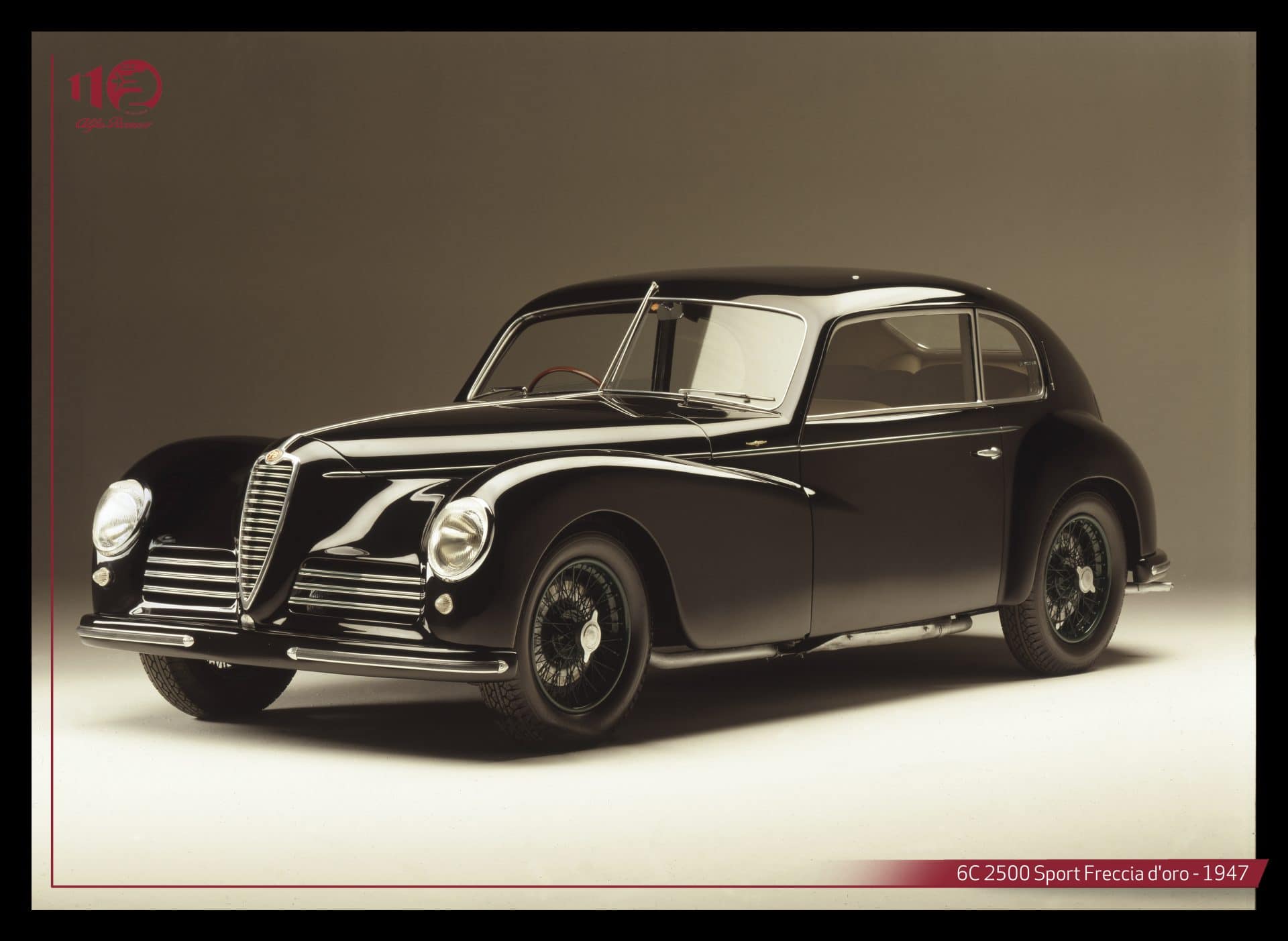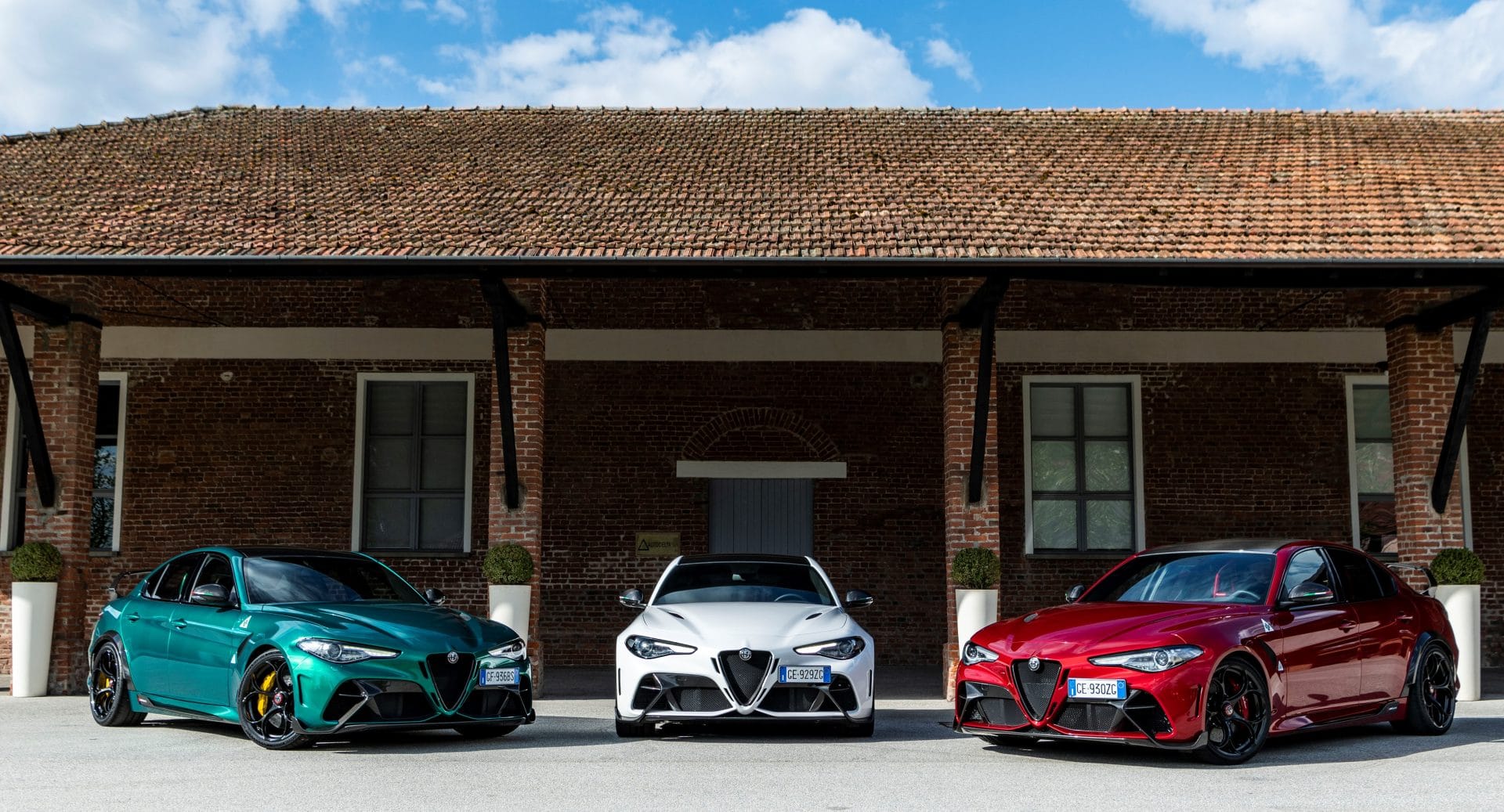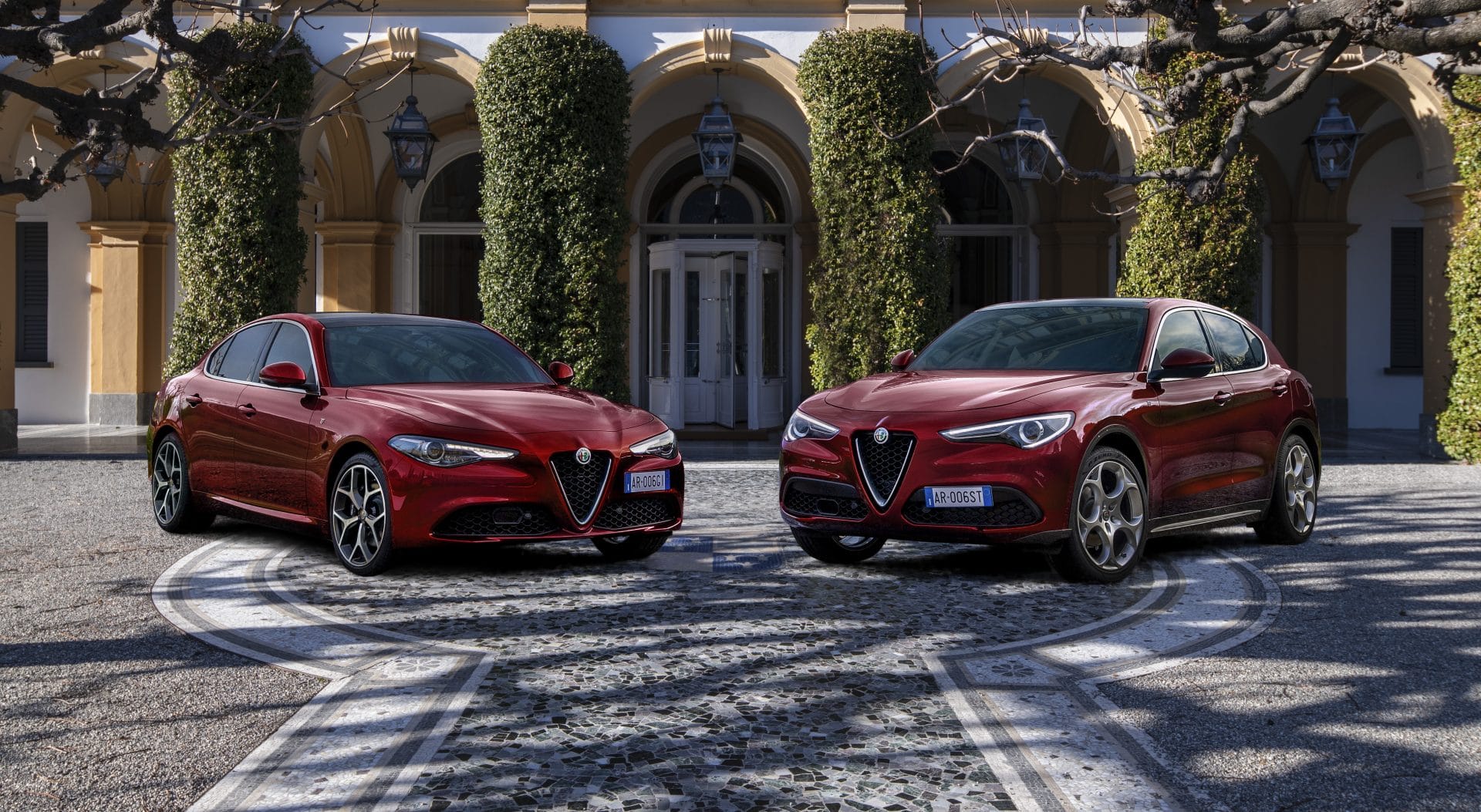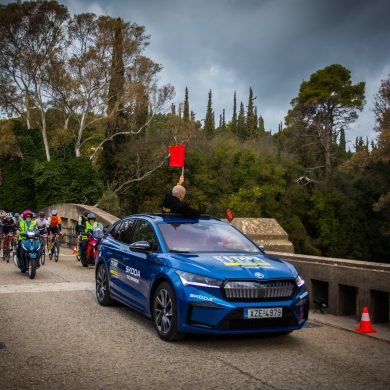
Completing 111 years of history, the Alfa Romeo is one of the few examples in the automotive world where the brand's DNA has remained unchanged at such a high level. More than 10 decades of huge changes in the automotive industry and society at large, Alfa Romeo has retained its unique characteristics. Distinctive styling, cutting-edge technology and top driving sensations that have accompanied its designs throughout time, uniting the past with the present. The new, limited-production Giulia and Stelvio 6C Villa d'Este, as well as the collector's new GTA and GTAm, are the latest examples of this continuity as expressed by a range of features.
In the beginning was... the design

From its beginnings in 1910, Alfa Romeo has developed a very distinctive design language. The forms and stylistic elements developed very soon became inextricably linked to the brand, such as the triangular grille ("Scudetto") and the air vents on either side of it, which created the famous "Trilobo". Through the years the proportions of these features have changed, but the basic form has remained unchanged, giving the hallmark of an Alfa Romeo at first sight. Even famous independent designers and coachbuilders followed these lines, creating unique designs, such as Bianchi Anderloni's 6C 2500 SS Coupé Villa d'Este from 1949, the spirit of which lives on again today with the new Giulia and Stelvio 6C Villa d'Este. Even the technical specifications of the brand's top-performance constructions, such as the Giulia GTA, did not deprive this harmony since, as Alfa Romeo's Head of Exterior Design, Mr. Alessandro Maccolini, says, "The front of a car always gives the first impression. The "Trilobo" is a very, very characteristic element and in Alfa Romeo we are talking about "necessary beauty", i.e. the satisfaction of technical issues, such as aerodynamic performance and engine cooling in the GTAbut in the most aesthetically perfect way, because a Alfa Romeo is bound to be beautiful."
Taming the laws of mechanics

The brand's long-standing involvement in racing has given its engineers the opportunity to develop solutions for the most demanding conditions that would soon find their way into production cars. As a premium brand, Alfa Romeo has always had the opportunity to equip its models with the most effective solutions, regardless of cost. This is a choice that can be seen in classic models, such as the 6C series from the 1920s, through to the brand's modern models, the Giulia and Stelvio, which regardless of version are equipped with cutting-edge mechanical parts such as the carbon fibre transmission axle, the front double wishbone and rear multi-link Alfa LINK suspension and the innovative IBS brake-by-wire system. The connection between the brand's production models and racing is even more pronounced in the top versions such as the 1965 GTA, but also in its modern rebirth, the new Giullia GTA.
The people who make the difference

The final ingredient that makes the difference in every Alfa Romeo creation is the people who will cover thousands of miles at the brand's legendary Balocco test centre and on roads around the world to fine-tune every aspect of the vehicle. Many of them joined the company immediately after their school or student years and remained loyal to the brand until their retirement. Knowing literally every inch of Balocco's tracks, the chief engineer of the high-performance vehicles, Mr. Domenico Bagnasco is the man who largely defined the character of legendary sports cars such as the 8C and 4C, as well as the modern GTA and GTAm. With the help of race drivers such as Kimi Räikkönen and Antonio Giovinazzi, Bagnasco in the GTA has applied yet another of the basic rules engraved in the brand's DNA, where the ultimate driving experience is combined with safety and usability. The linearity of reactions, immediate information to the driver and predictable behaviour even at the limit are characteristics that for Bagnaso are a priority for Alfa Romeo that goes back to 1910 and reaches unchanged to the present day.
From the brand's new headquarters, located in the same space as the Centro Stile Alfa Romeo, to Balocco and race tracks around the world, Alfa Romeo maintains its distinctive DNA, expressing a distinct, yet timeless philosophy in the automotive world.
Η 6C 2500 SS Coupé Villa d'Evening of 1949 meets the Giulia and Stelvio 6C Villa d' Evening of today
Messrs. Maccolini and Bagnasco talk about the modern GTA and the balance between performance and aesthetics.






